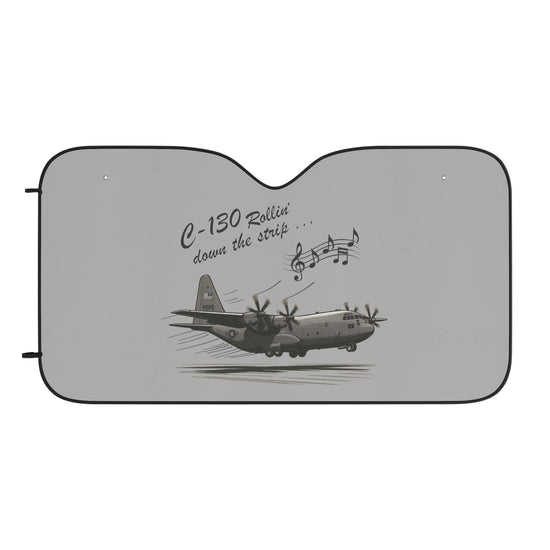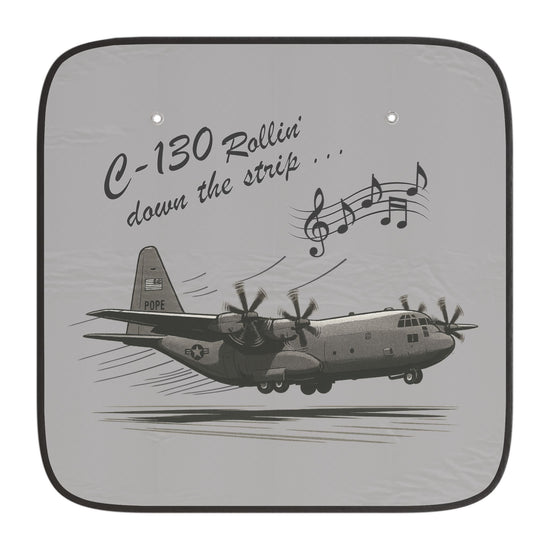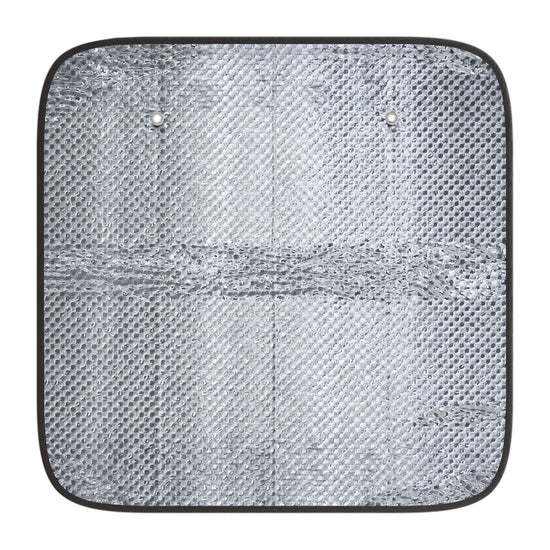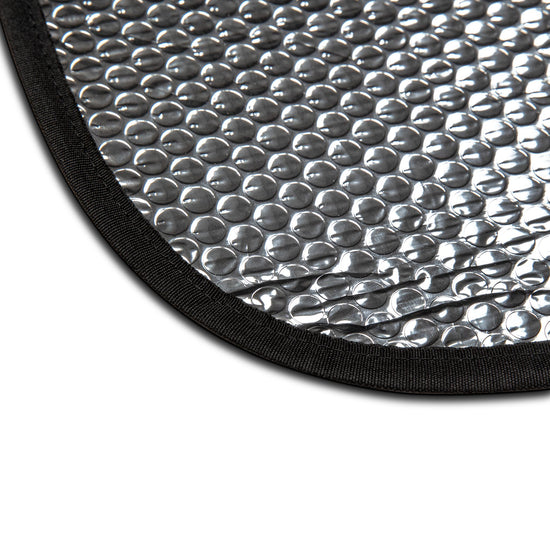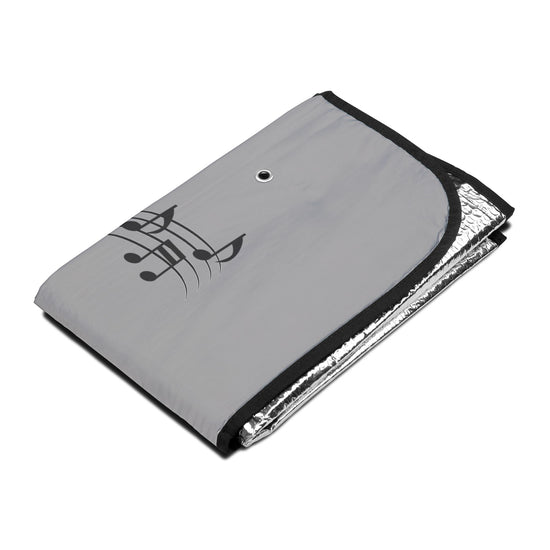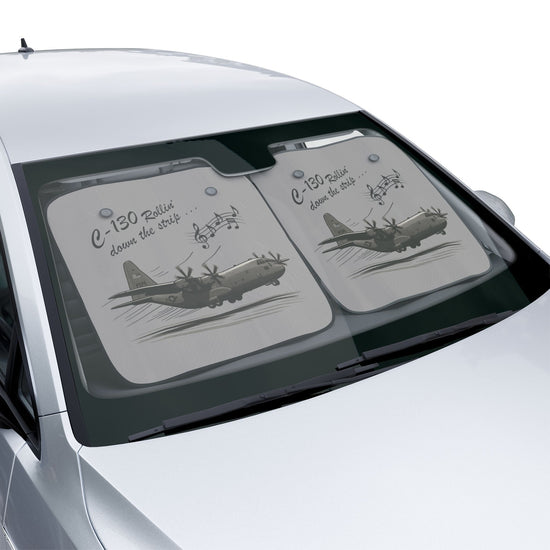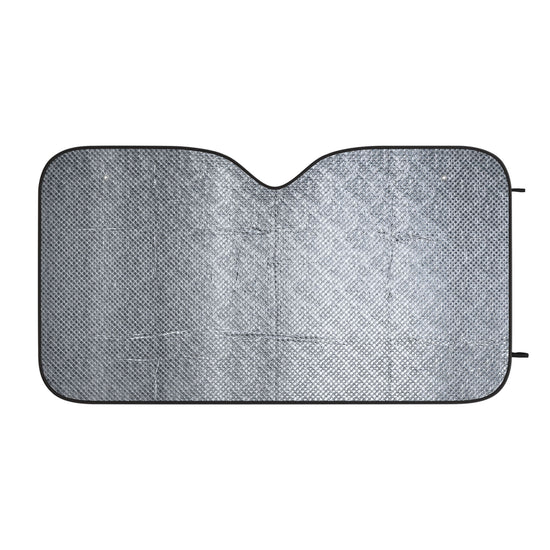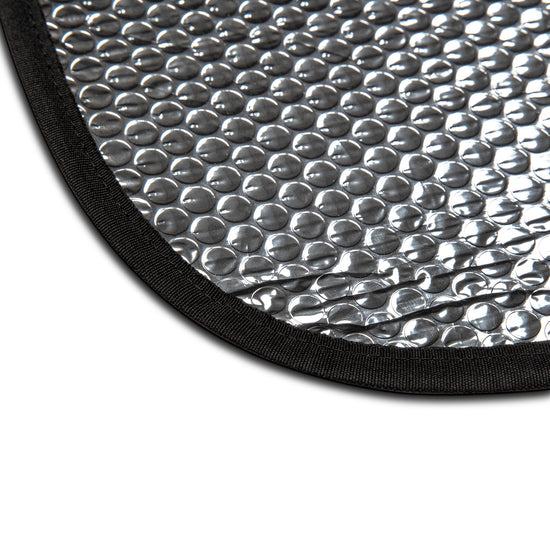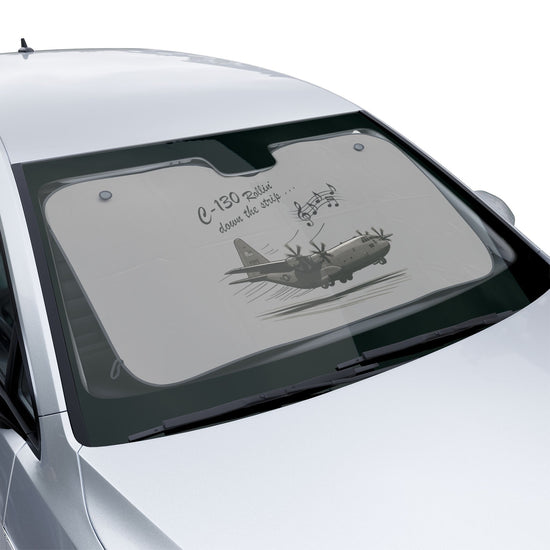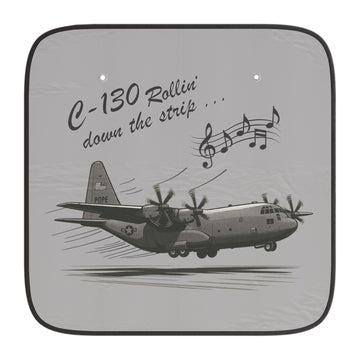
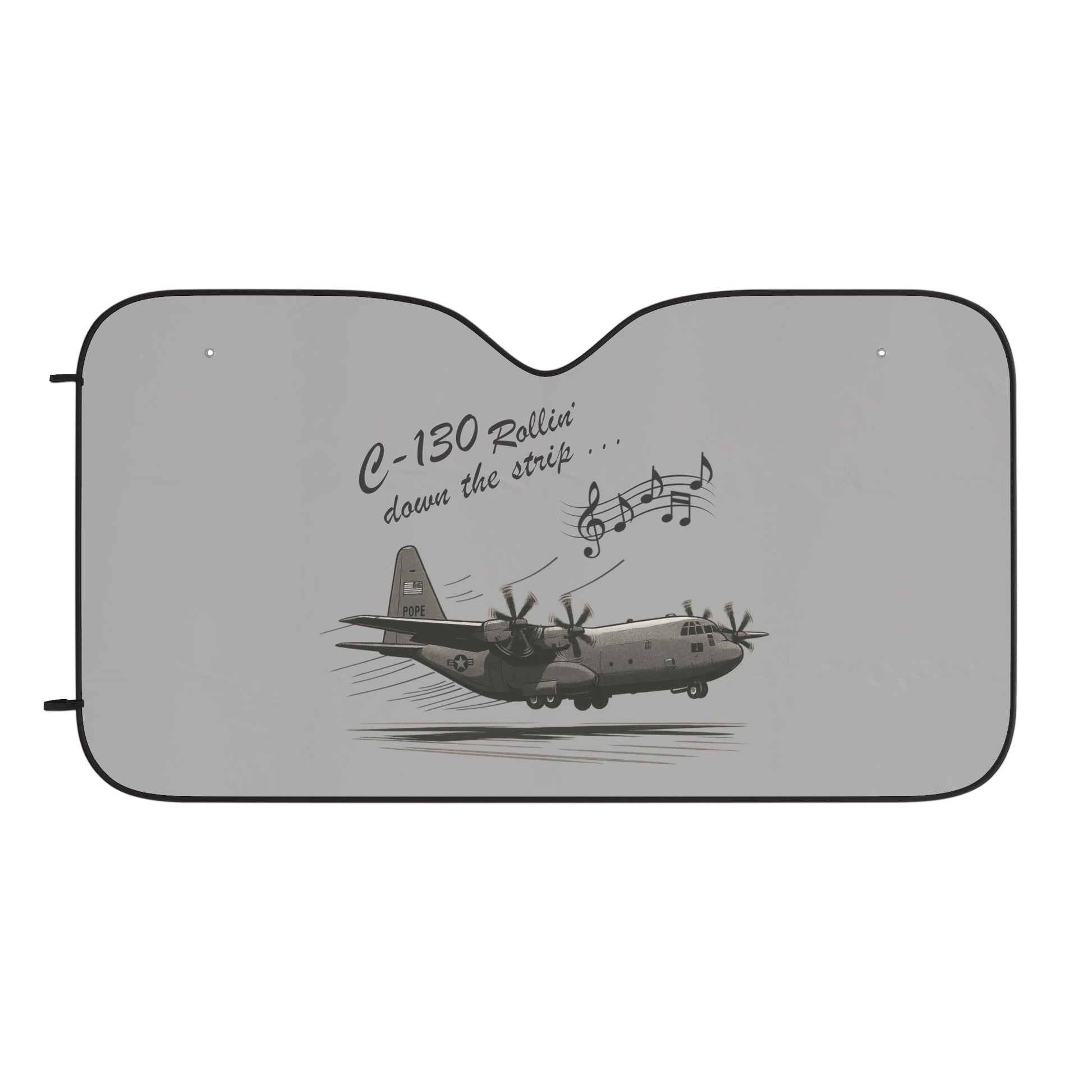

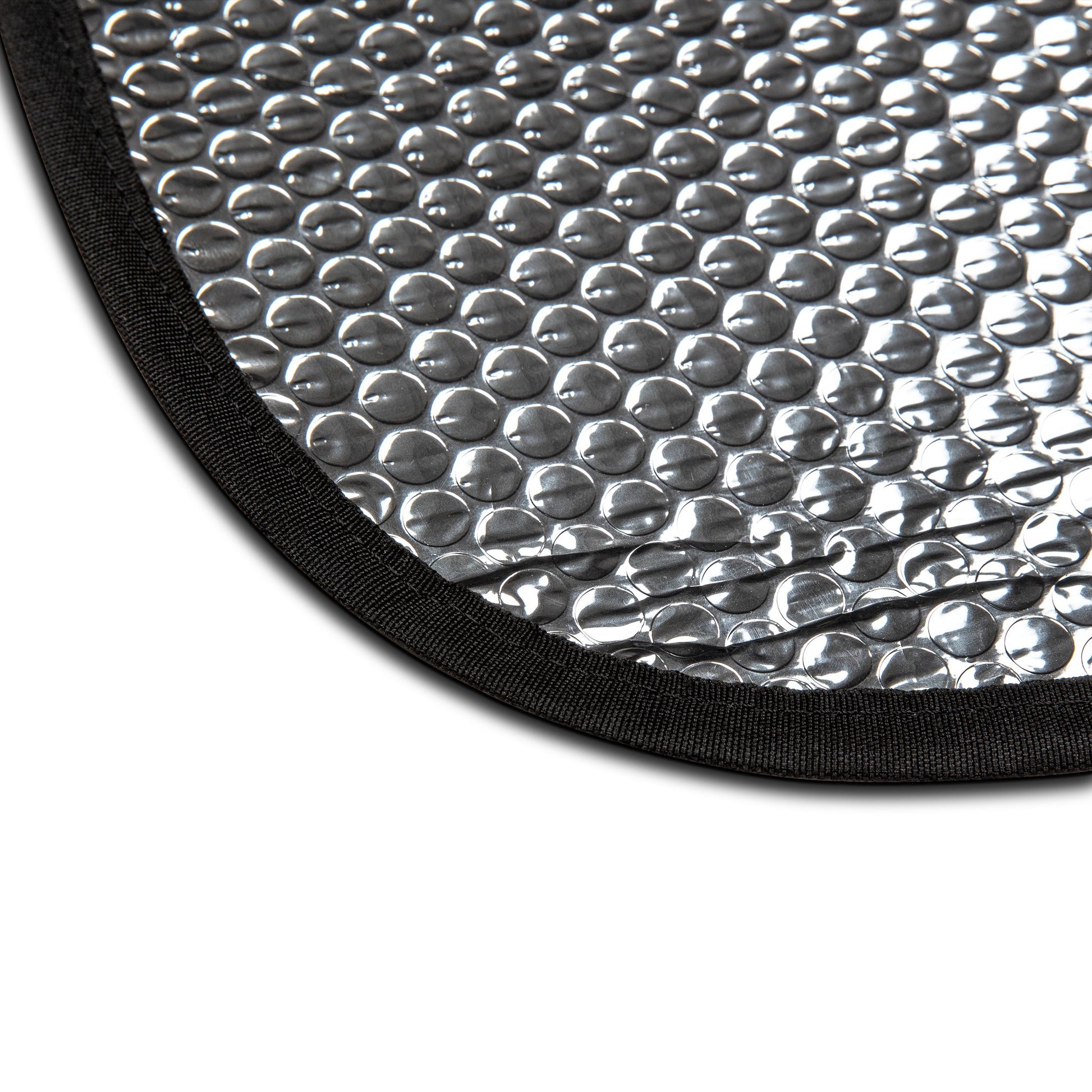

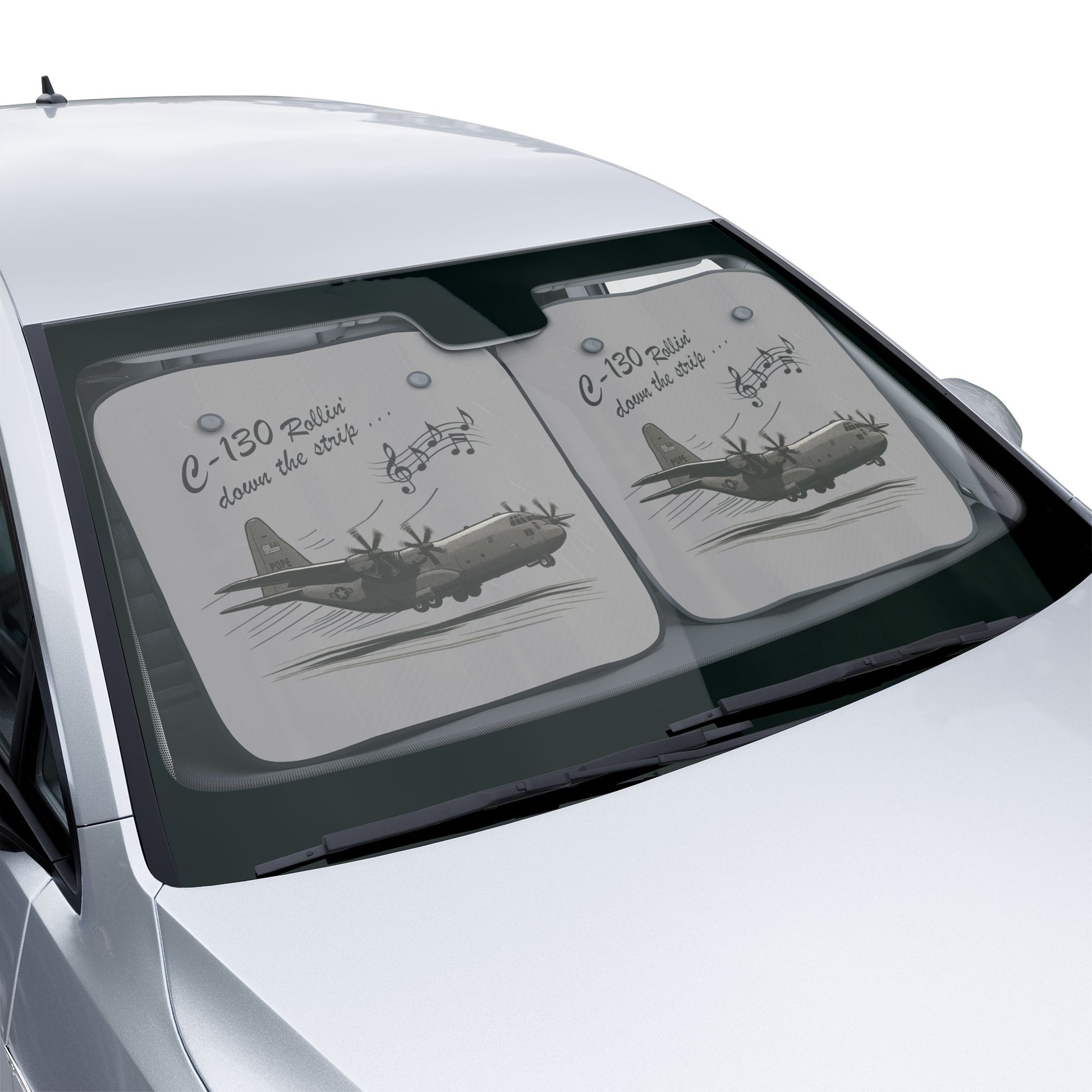
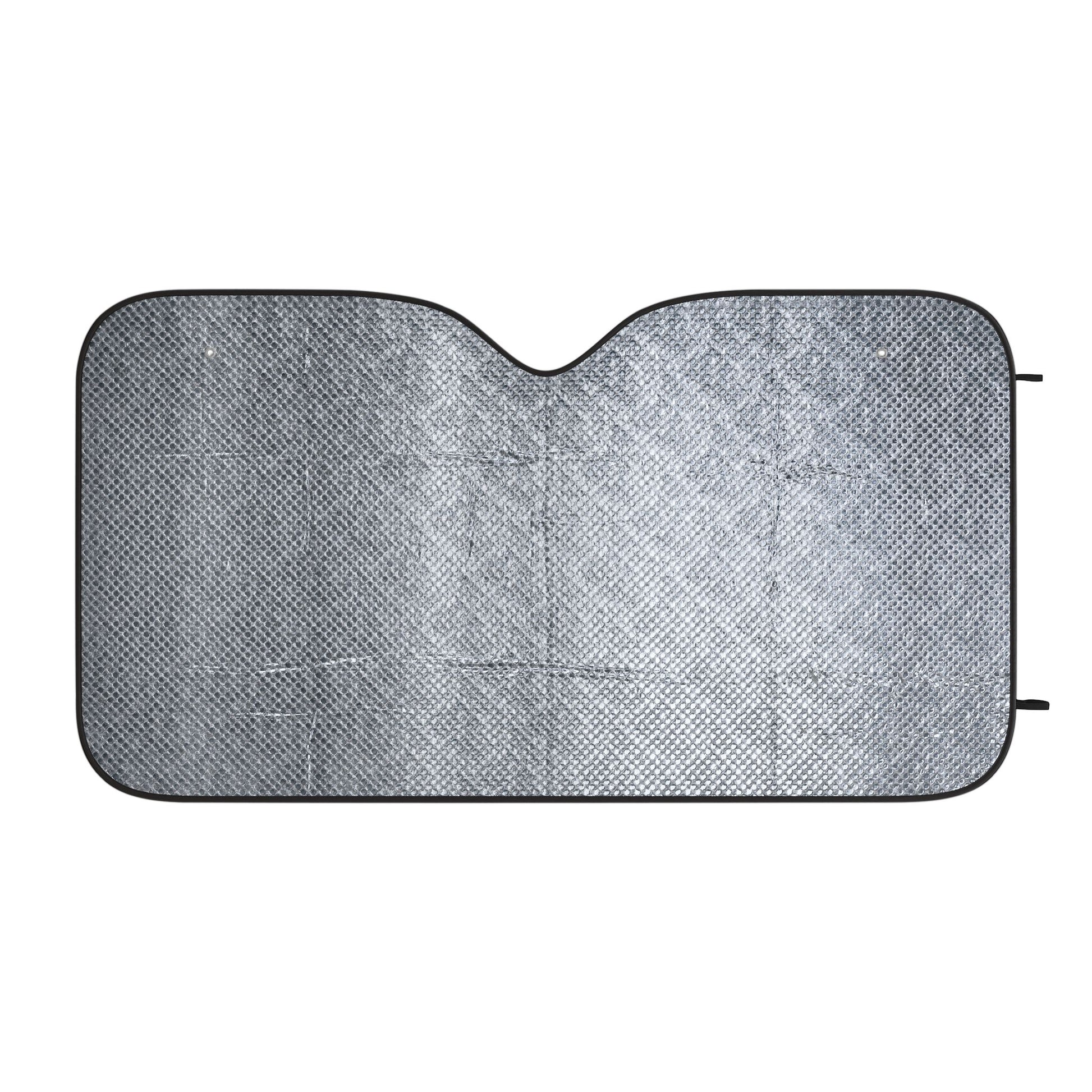

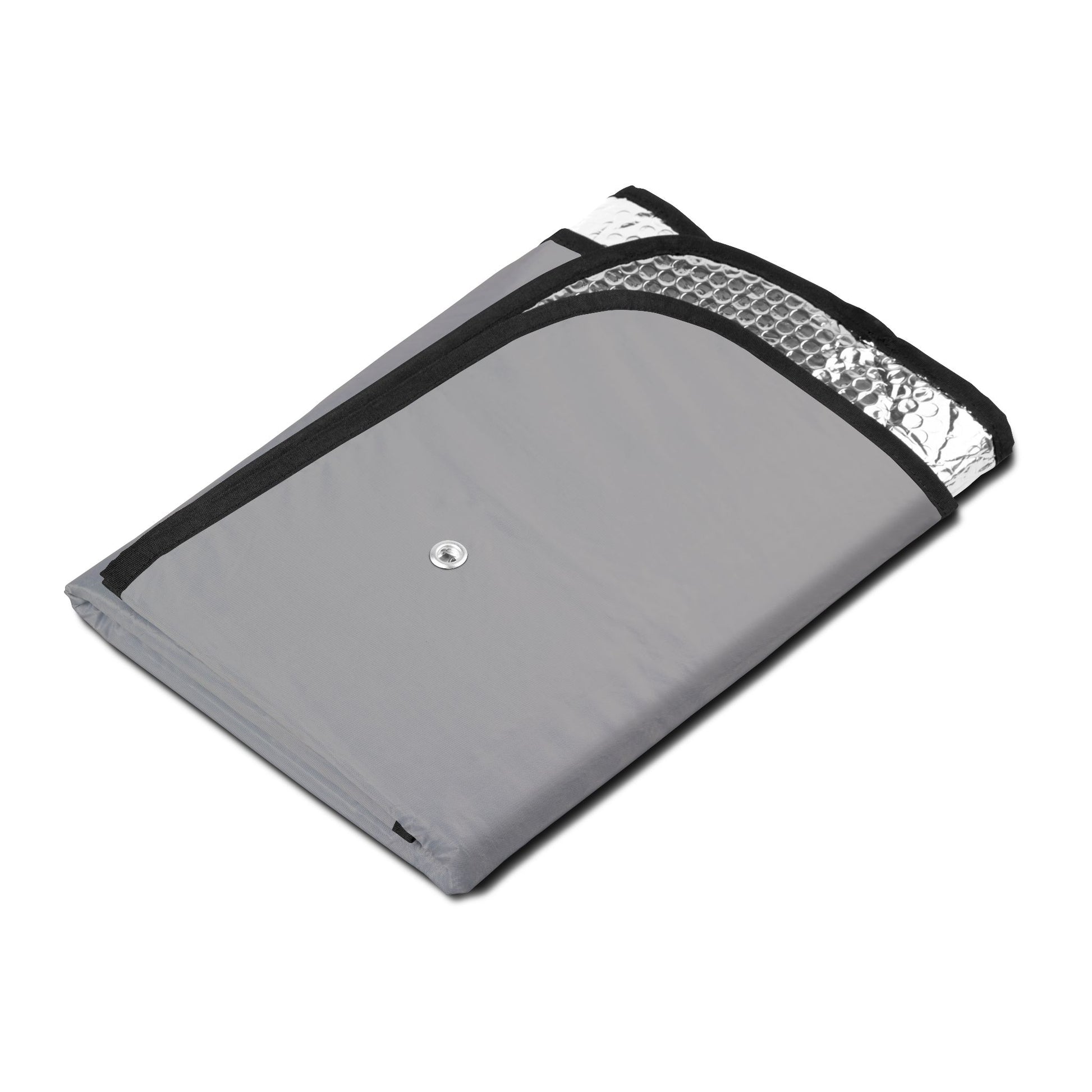
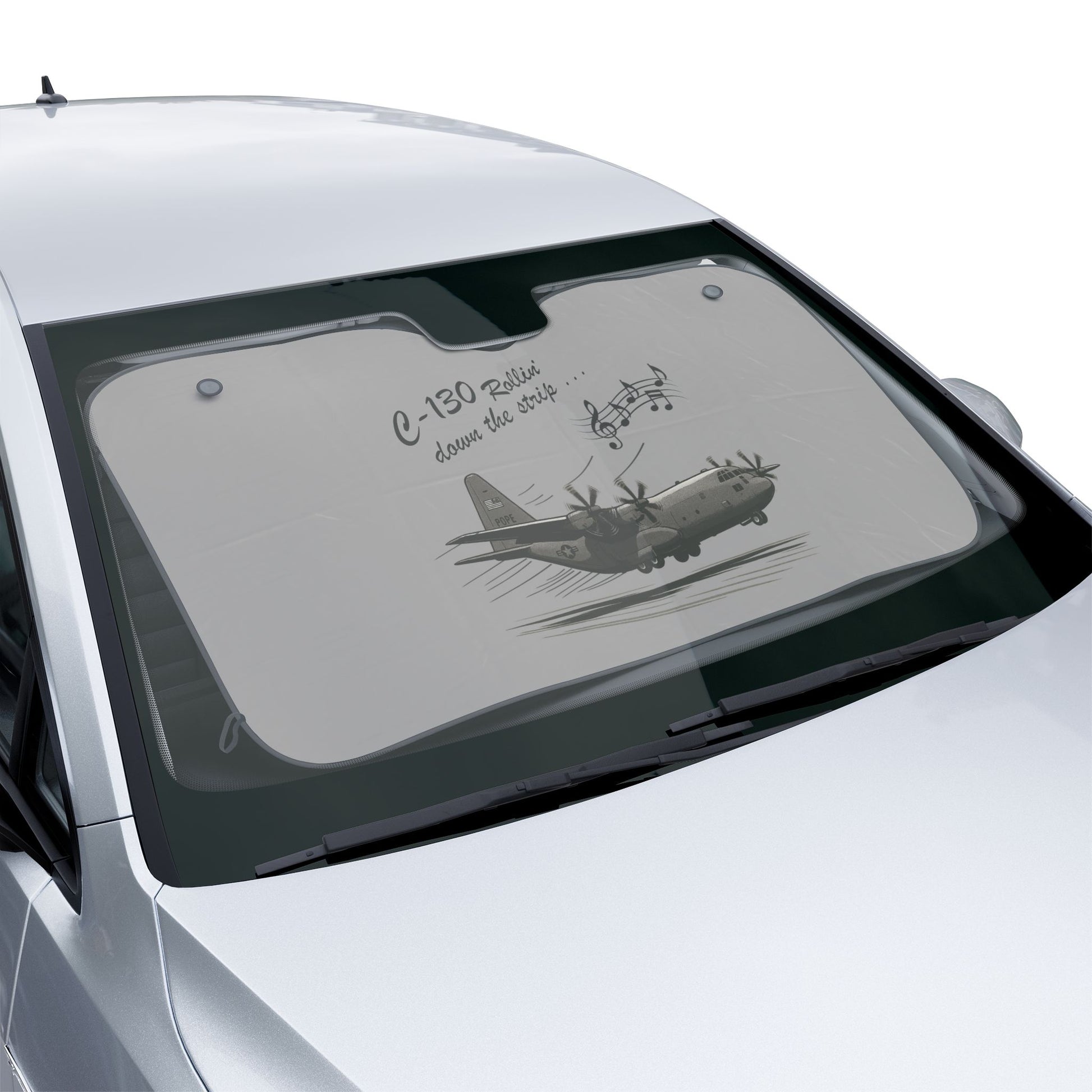
C-130 Rolllin' Down the Strip
-
Free Shipping for orders $50+
Money back within 30 days for an exchange.
| 28'' × 28'' (2pcs) | 30'' × 55'' (1pc) | |
|---|---|---|
| Width, in | 28.00 | 30.00 |
| Length, in | 28.00 | 55.00 |
| Thickenss, in | 0.16 | 0.16 |
The “C-130 Rollin’ Down the Strip” collection is built around one of the most iconic jodis ever shouted on a run. It’s the sound of boots hitting pavement, breath in cadence, and teams moving as one. This isn’t just a song it’s a memory burned in through sweat, heat, and repetition.
For those who’ve sung it, lived it, and still hear it echo.
STS, Inc. is bringing back the old-school designs that meant something. Trademarked and unapologetic.
Product features
- 100% Polyester printable area for vibrant designs and durability.
- 100% Aluminised film cushion back prevents sun damage to your car's interior.
- Includes suction cups for easy installation on the windshield.
- Compact and foldable for effortless storage when not in use.
- Available in size options of 30" × 55" (1 piece) and 28" × 28" (2 pieces).
Care instructions
- Use a soft brush or a damp cloth to clean the surface, removing dust and dirt. When storing the sunshade, avoid moisture, high temperatures, or being squeezed to maintain its shape and performance
CCT History
Combat Control Teams (CCT) were established in 1953 to provide air traffic control and command-and-control capabilities in support of U.S. and allied special operations. Evolving from WWII pathfinders and glider operations, CCTs became essential for establishing drop zones, landing zones, and assault strips in denied or austere environments. Over the decades, they’ve deployed alongside every U.S. SOF element, enabling precision airpower in conflicts from Southeast Asia to the Middle East. CCTs are uniquely qualified as FAA-certified air traffic controllers and hold a wide array of advanced skills: they are certified Joint Terminal Attack Controllers (JTACs), combat divers, static-line and military free-fall parachutists (HALO/HAHO), qualified in demolitions, small unit tactics, survival/evasion/resistance/escape (SERE), communications, fire support coordination, and reconnaissance. Their ability to integrate air and ground operations under extreme conditions makes them one of the most versatile and mission-critical assets in U.S. special operations.
